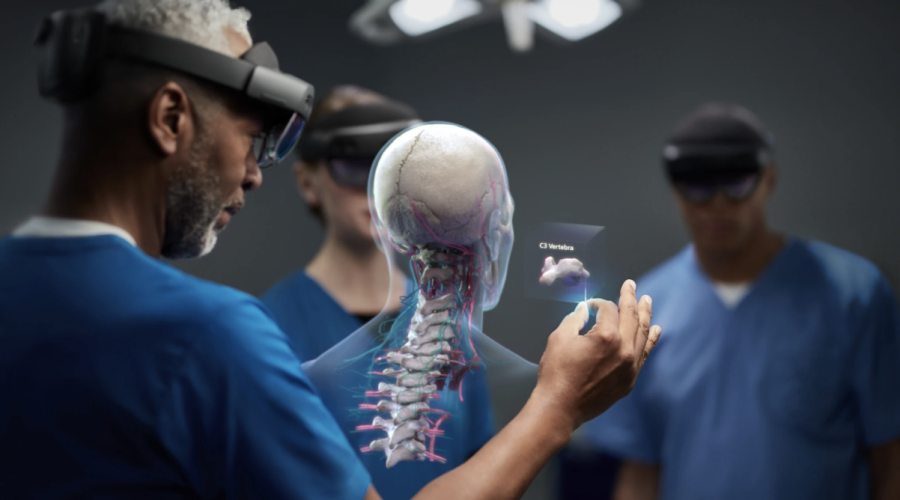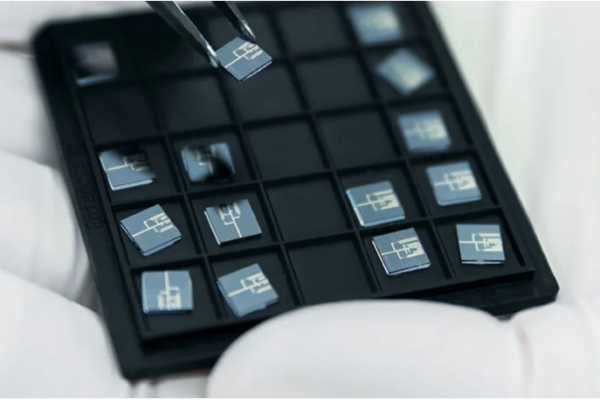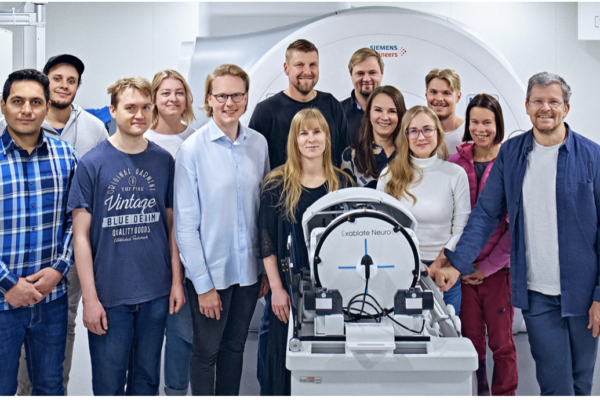Neurosurgeons in Sweden are using Microsoft’s HoloLens 2 mixed reality headset to enhance precision in brain surgeries. This advanced technology allows surgeons to overlay 3D holographic images of a patient’s brain onto their real-world view during operations, improving accuracy and reducing risks.
At Karolinska University Hospital, a leading medical institution in Stockholm, surgeons have integrated HoloLens 2 into complex brain procedures, such as tumor resections and aneurysm repairs. The device enables doctors to visualize MRI and CT scans as interactive holograms in real time, eliminating the need to look away at separate monitors. By using hand gestures and voice commands, surgeons can rotate and zoom in on 3D images, gaining a more detailed understanding of a patient’s brain structure before making an incision.
One of the key advantages of HoloLens 2 is its ability to assist in pre-surgical planning. Traditionally, neurosurgeons relied on 2D imaging and mental reconstruction of anatomical structures. With mixed reality, they can now “see through” the skull virtually, mapping out critical areas such as blood vessels and functional brain regions before surgery begins. This minimizes the risk of damaging essential brain tissue.
HoloLens 2 also enhances collaboration. During surgery, remote specialists can join in via a live feed, providing real-time insights. This has proven valuable for complex cases where multidisciplinary expertise is required.
Early results from pilot studies in Sweden indicate that using HoloLens 2 leads to greater surgical precision, reduced operating times, and improved patient outcomes. As the technology continues to evolve, more hospitals across Sweden are expected to adopt mixed reality tools, shaping the future of neurosurgery.




